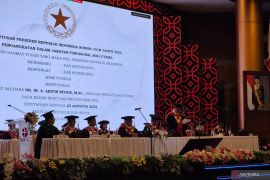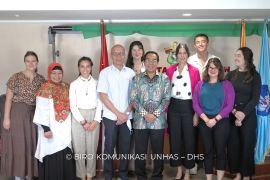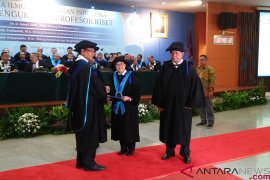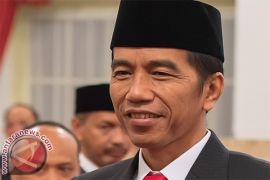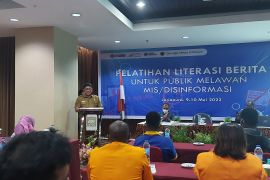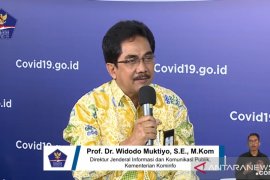"Social media has extraordinary influence. A piece of false information, which is given a picture and a title, can spread speedily (after it is uploaded)," the director general said.
Hilmar made the remarks after officiating at the office of the Indonesian Literature Association (Hiski) here on Wednesday.
He said that most of those who believe in fake news belong to the an older generation. This generation was born before the onset of (information) technology.
"Usually, those who believe in hoax materials belong to the transitional generation. There are even many professors and doctors who believe in false news (disseminated in social media)," Hilmar said.
He noted that the conclusion was based on his research, which he conducted with the Ministry of Communication and Informatics (Kominfo) in 2015.
This research revealed that the victims of hoax news and misleading short messages (SMS)are mostly those who have high intellects.
"Adversely, children who were born after the onset of the (information) technology do not easily believe hoaxes. These children are more selective, because they are able to trace the sources of news with technology," Hilmar said.
Some people upload hoaxes to justify their opinions on a certain matter. Hilmar said they are not seeking truth, but confirmation.
In order to offset the increasing hoax phenomenon, Hilmar mentioned the need for media literacy campaigns to provide knowledge for people, so they would know whether a piece of information is a hoax or not, or whether the website carrying the hoax is credible.
President Joko Widodo earlier asked all ministries to fend off fake issues circulating in social media. He asked that social media that circulates false news and spreads hatred be acted upon.(*)
Editor: Heru Purwanto
Copyright © ANTARA 2017
